Impacts of iWebar1
* It invades system without any permission
* It displays lots of annoying commercial advertisements
* It may come with spyware or other privacy-invasive software
* It steals your privacy and compromises your security
Screenshot of IWebar1

Simialr to CinPl-2.5c Ads, IWebar1 is also an adware which will show a box and contains a lot of pop up ads, banners and coupons. This is an ads-supported platform created by cyber criminal to generate traffics and get the pay-per-click revenue.
Once infecetd with iWebar1 , it will dispaly a lot of pop up ads by highline some word on the websites and display advertising according to the words on your browsers no matter you want them or not. The ads will be labeled with "ads by iWebar1", "powered by iWebar1", etc.
IWebar1 will slow down your computer perform speed by loading a lot of pictures and deals. It is an annoying adware recommended to remove as soon as possible to avoid further damage. Please follow the guide remove IWebar1 step by step.
Once infecetd with iWebar1 , it will dispaly a lot of pop up ads by highline some word on the websites and display advertising according to the words on your browsers no matter you want them or not. The ads will be labeled with "ads by iWebar1", "powered by iWebar1", etc.
IWebar1 will slow down your computer perform speed by loading a lot of pictures and deals. It is an annoying adware recommended to remove as soon as possible to avoid further damage. Please follow the guide remove IWebar1 step by step.
Solutions to remove IWebar1
In this post, there will be two solutions to remove IWebar1 :
1. Remove IWebar1 manually.
Instructions to Get Rid of IWebar1
Method 1: IWebar1 Manual Deletion
Step 1: Open Windows Task Manager and close all running processes.
( Methods to open Task Manager: Press CTRL+ALT+DEL or CTRL+SHIFT+ESC or Press the Start button->click on the Run option->Type in taskmgr and press OK.)
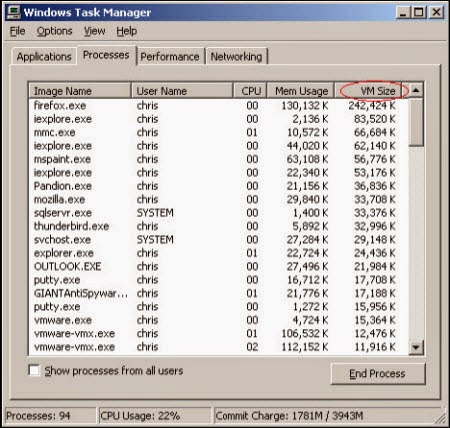
( Methods to open Task Manager: Press CTRL+ALT+DEL or CTRL+SHIFT+ESC or Press the Start button->click on the Run option->Type in taskmgr and press OK.)

Step 2: Reset your browser setting
Firefox:
In the drop-down list of Firefox, go to Help and click on Troubleshooting Information.
Click on the Reset Firefox button to reset it.
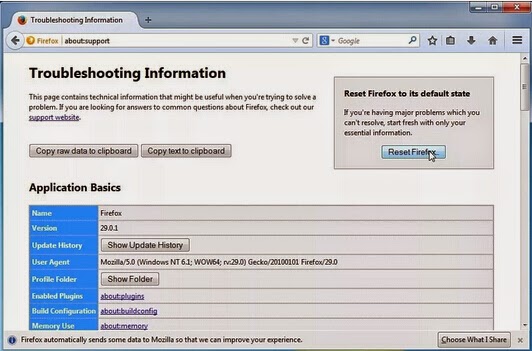)VUKCS%5DJ.jpg)
Google Chrome:
Click on the Chrome menu on the right of toolbar and then select Settings.
Scroll down to the bottom to click Show advanced settings.
Go down to the bottom and click Reset browser settings to reset Google Chrome to its default setting.
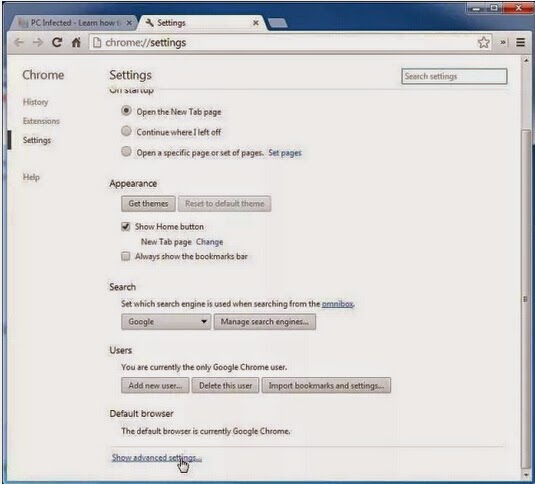

IE:
Click Tools on the up right corner and select Internet Options.
Click on Advanced tab, press Reset button to reset IE to its default settings.
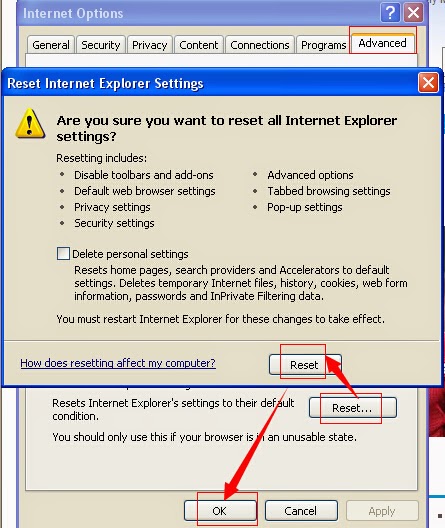
Step 3: Remove files of IWebar1 like the pictures showed:

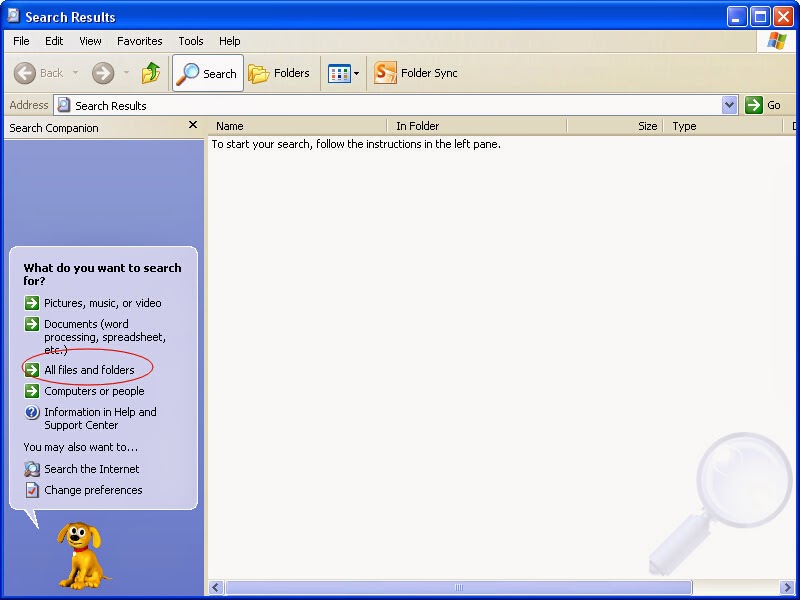
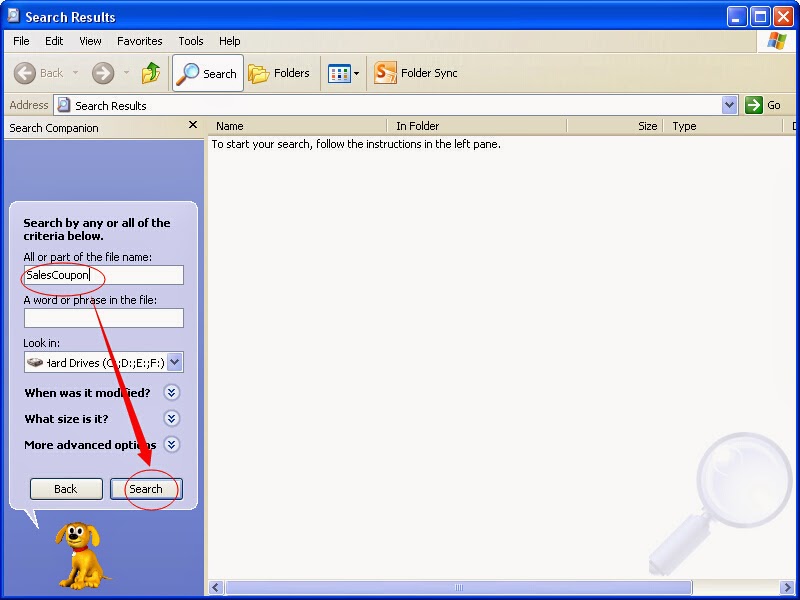
Step 4: Go to the Registry Editor and remove all the infection registry entries listed here:
(Steps: Hit Win+R keys and then type regedit in Run box to search)

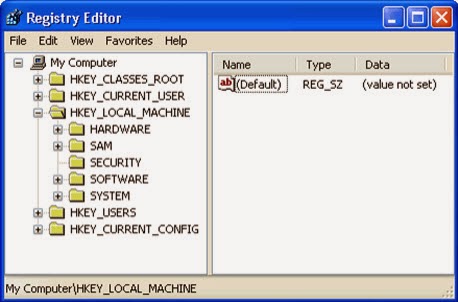
HKEY_LOCAL_MACHINE\SOFTWARE\Microsoft\Internet Explorer\Main "Start Page" = "http://www.<random>.com/?type=hp&ts=<timestamp>&from=tugs&uid=<hard drive id>"
HKEY_LOCAL_MACHINE\SOFTWARE\Microsoft\Internet Explorer\Search "CustomizeSearch" = "http://www.<random>.com/web/?type=ds&ts=<timestamp>&from=tugs&uid=<hard drive id>&q={searchTerms}"
HKEY_LOCAL_MACHINE\SOFTWARE\Microsoft\Internet Explorer\Search "SearchAssistant" = "http://www.<random>.com/web/?type=ds&ts=<timestamp>&from=tugs&uid=<hard drive id>&q={searchTerms}"
Step 5: All the infection associated files listed below need to be removed:
%CommonAppData%\<random>.exe C:\Windows\Temp\<random>.exe %temp%\<random>.exe C:\Program Files\<random>
Method 2: Automatic Removal with SpyHunter
SpyHunter is a world-famous real-time malware protection and removal tool, which is designed to detect , remove and protect your PC from the latest malware attacks, such as Trojans, worms, rootkits, rogue viruses, browser hijacker, ransomware, adware, key-loggers, and so forth. To keep SpyHunter Anti-malware on your computer is an important way to protect your computer in a good condition. Please find the instruction as follow.
Step 1: Press the following button to download SpyHunter.
Step 2: Save it into your computer and click on the Run choice to install it step by step.
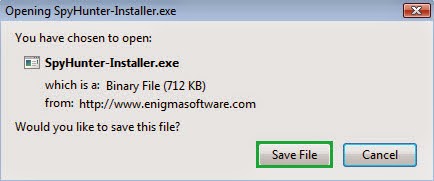

Step 3: Click Finish then you can use it to scan your computer to find out potential threats by pressing Scan computer now!


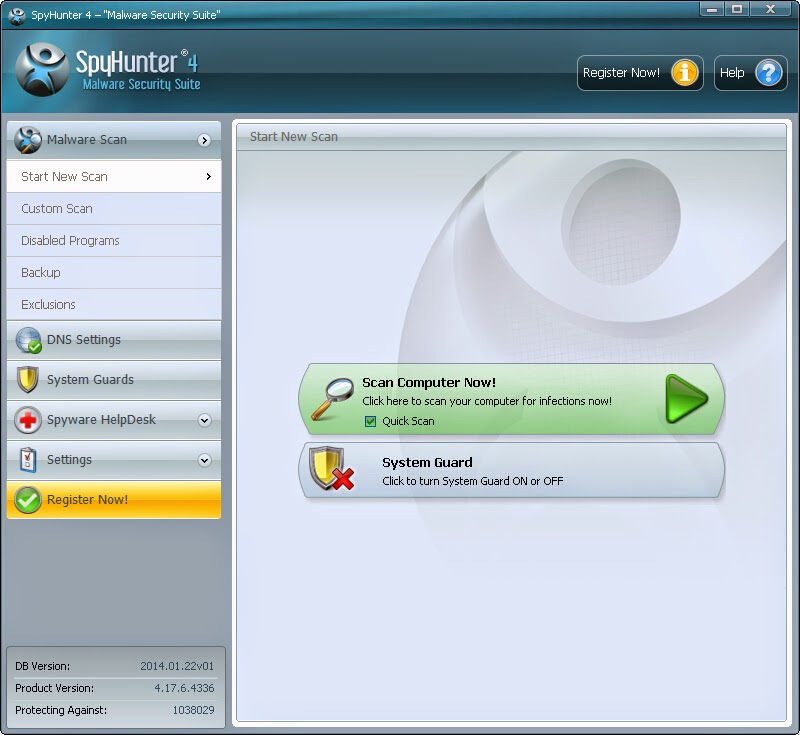6158)AZRTJ6S.jpg)
Step 4: Tick Select all and then Remove to delete all threats.
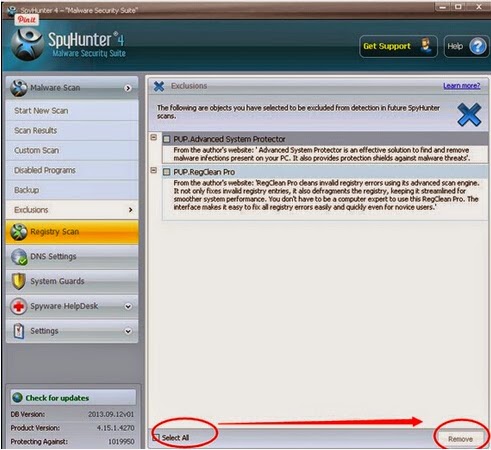
Note: Manual removal demand a high computer skill. If you are not so professional on computer. Spyhunter can be your better choice, because it is capable of antodetecting and removing viruses.



No comments:
Post a Comment